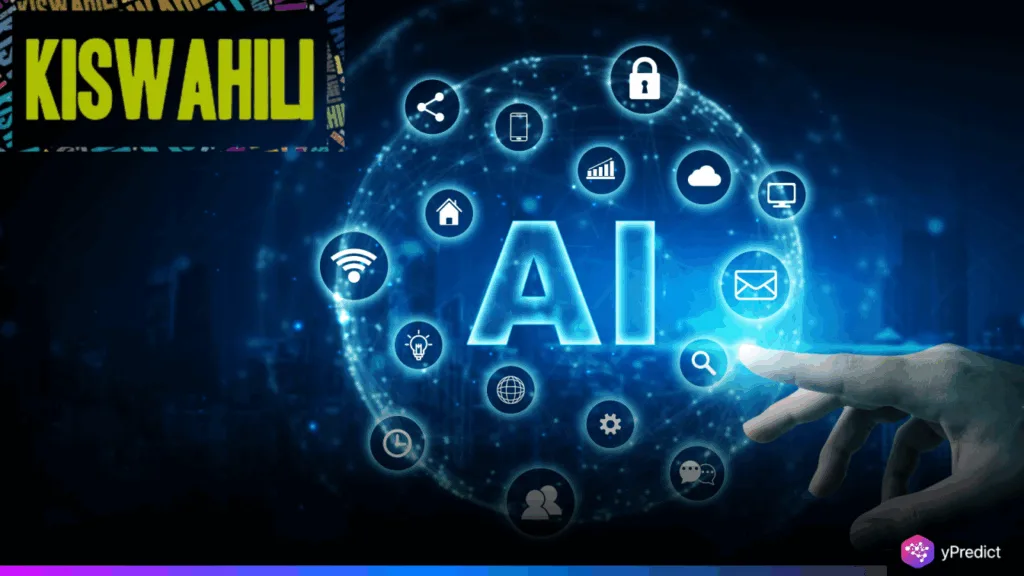
Kiswahili, with an estimated total of over 150 million, is one of the most common languages used in Africa. Currently, it stands at the center of a digital change. As the machines (artificial intelligence (AI)) transform communication around the globe. The move to create AI tools in Kiswahili is one of the main attempts to avoid leaving the African languages behind. Tech giants and grassroots innovators are striving to integrate Kiswahili into the AI platforms and give tools that give rise to digital accessibility and cultural identity. However, the process is technically and language-wise complicated. Whether or not Kiswahili can be digitized is not the question. But how and at what pace it will need to be done is.
How AI in Kiswahili is Transforming Access and Inclusion
The question is no longer hypothetical about how the development of AI will be in Kiswahili. Rather, this has already been kick-started. Multinational corporations such as Google are introducing Kiswahili support in all services. Such as Bard, Gmail, Docs, and Android, to make the tools available to millions of people in their language. The digital experiences are also promoted by the use of Kiswahili interfaces on WhatsApp, Uber, Spotify, and others.
More importantly, the key role is played by local innovation. Jacaranda Health in Kenya has come up with an AI pregnancy health guide named UlizaLlama. That provides medical advice to pregnant women in Kiswahili through SMS, using the Llama 3 system by Meta. South Africa’s Masakhane is undertaking open-source work in creating language models for more than 38 African languages, including Kiswahili.
Such trends are a forceful change. The AI tools in Kiswahili can help promote more digital inclusion because building larger digital gaps can reduce it. AI can be used to build more tools in a language that traditionally serves underserved populations. This implies that education, health, financial services, and civic information will be available to more people on the ground with the accommodation of linguistic realities.
Data Scarcity and Technical Barriers Are Slowing Progress
However, despite the evident momentum, developing quality AI tools that can support Kiswahili is plagued with technical challenges, with the first and foremost to be encountered being the limited data. The majority of the AI models rely on huge amounts of data in order to learn syntax, semantics, and patterns of use. There is very little digital content that is available to train in Kiswahili, just like many other African languages.
Devoid of big, multi-dimensional data, models fail to be precise, subtle, and contextual. This complicates the creation of such features as real-time translation, sentiment, or voice recognition. Furthermore, there is the complication of grammar, regional dialect, and Arabic and Bantu influences that bring more linguistic complications to Kiswahili.
In addition to the technical challenges, there is the problem of resources and ethics, which are also challenging barriers. The amount of funding for African-language AI projects is very low, and internet penetration in Sub-Saharan Africa is less than 40 percent, restricting access to infrastructure as well as user feedback. It also remains open how to ensure the privacy and consent of data used to train these models, including who owns it, and so on.
Kiswahili’s Digital Future Depends on Inclusive AI Innovation
Digital justice is also necessary when it comes to the use of II tools in Kiswahili. By building systems that talk the language of the masses, we help to democratize access to technology, maintain a cultural identity, and open up new economic avenues. However, there is more to the future than salvaging structural problems. The extravagance in the investment linked to the datasets, structure, and moral growth should match their aspirations. The momentum is not imaginary. The work has to be equal to the promise.






